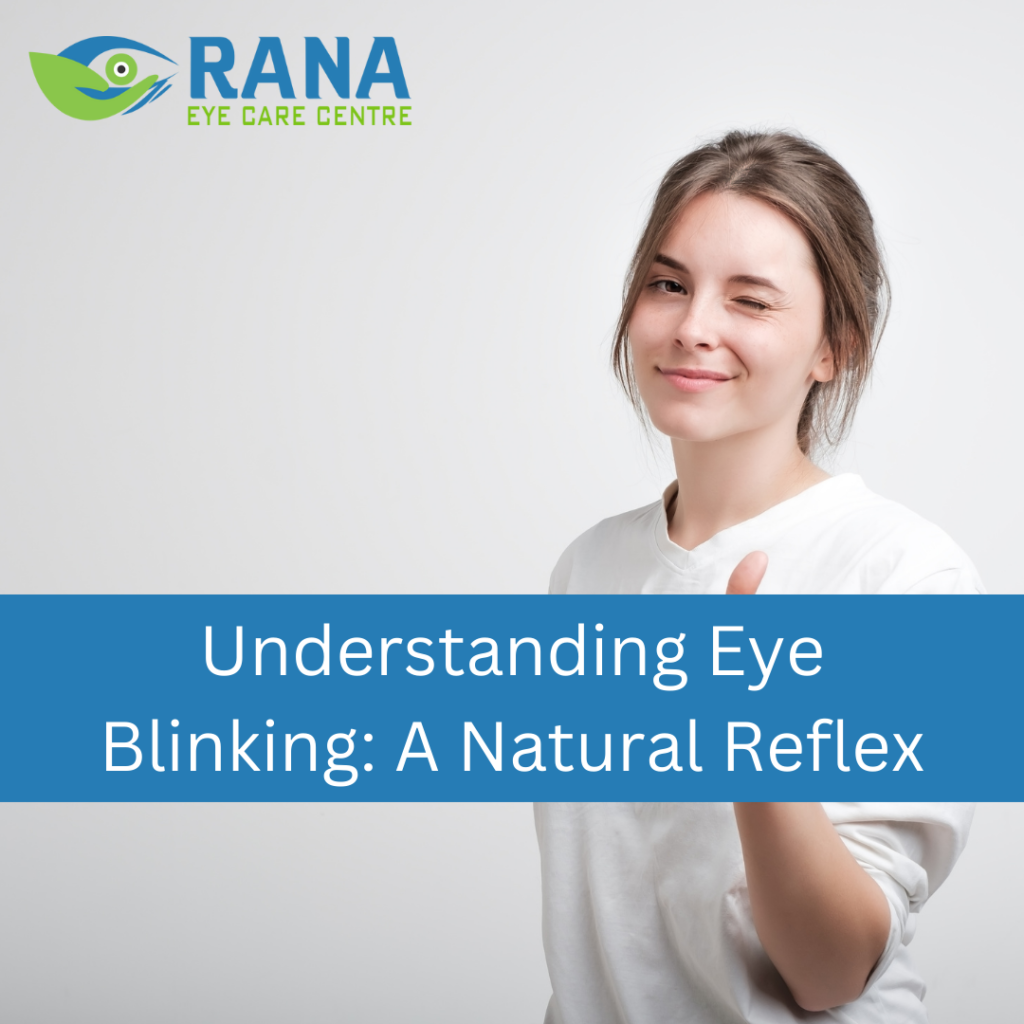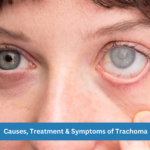Understanding Eye Blinking: A Natural Reflex
Eye blinking is a natural and involuntary reflex crucial for maintaining eye health and clarity of vision. On average, a person blinks 15 to 20 times per minute. This seemingly simple act plays a significant role in preventing dryness, protecting the eyes from debris, and evenly distributing tears. However, excessive blinking or involuntary spasms can be indicative of underlying issues that require attention.
The Nature of Eye Blinking: Eye blinking, or spontaneous closure of the eyelids, is a complex process controlled by the nervous system. The primary purpose is to lubricate the eyes and remove irritants. When we blink, tears spread across the cornea, nourishing and hydrating the eye surface. Additionally, blinking shields the eyes from foreign particles, aiding in the prevention of infections.
Causes of Excessive Eye Blinking: While occasional blinking is normal, persistent or excessive blinking may signal an underlying problem. Stress, fatigue, and eye strain are common culprits. Allergies, dry eyes, or even neurological conditions can also contribute to increased blinking. Identifying the root cause is crucial for effective treatment.
Treatment Approaches for Excessive Blinking-
Addressing Underlying Conditions: Treating excessive blinking begins with identifying and addressing the root cause. Consulting with an eye care professional is essential for a comprehensive examination. If the blinking is linked to dry eyes, artificial tears or prescription eye drops may be recommended. Allergy-related blinking may benefit from antihistamines.
Stress Management Techniques: Stress and fatigue are frequent contributors to excessive blinking. Incorporating stress management techniques such as mindfulness, meditation, or regular breaks during screen time can alleviate these symptoms.
Proper Eye Care Habits: Maintaining proper eye hygiene is crucial. Encourage regular breaks during prolonged screen use, ensuring the eyes have ample time to rest and rehydrate. Adjusting lighting conditions and using anti-glare screens may also reduce eye strain.
Botox Injections for Persistent Spasms: In cases of persistent eyelid spasms, Botox injections may be considered. Botox can help relax the muscles responsible for excessive blinking, providing relief for those with chronic issues.
In conclusion, eye blinking is a fundamental and involuntary process that contributes significantly to maintaining eye health. While occasional blinking is normal, persistent or excessive blinking may indicate an underlying issue. Seeking professional advice and addressing the root cause is essential for effective treatment. Whether it’s adopting stress management techniques, practicing proper eye care habits, or considering medical interventions like Botox, understanding and addressing excessive blinking can lead to improved eye comfort and overall well-being. If you’re experiencing persistent issues, don’t hesitate to consult with an eye care professional for personalized guidance.






No Comments